Charles Darwin’s name is nearly synonymous with the theory of evolution, and most of us encounter his work through his landmark publication, On the Origin of Species. Yet, there’s much more to Darwin’s scientific legacy than natural selection and finches. Behind the familiar story lies a trove of lesser-known experiments and investigations that profoundly shaped modern biology. These overlooked contributions reveal Darwin as a hands-on experimenter, a curious observer, and a pioneer in fields ranging from botany to animal behavior. This article uncovers the Darwin experiments you never learned about in school, offering a fresh perspective on a scientific icon.
1. Darwin’s Pigeon Breeding Pursuits

Darwin’s fascination with evolution wasn’t confined to wild animals—he turned his attention to the humble pigeon, meticulously breeding different varieties in his own backyard. By selecting traits and documenting generational changes, he demonstrated how artificial selection could reshape a species, providing a compelling analogy for natural selection in the wild. His detailed breeding records foreshadowed the methods of modern genetics, offering rare insight into heredity decades before DNA was discovered. For more on Darwin’s pigeon experiments, visit PBS Evolution.
2. The Barnacle Obsession

For eight painstaking years, Darwin immersed himself in the world of barnacles, dissecting and cataloging hundreds of specimens. His exhaustive research unlocked new understandings of variation within species and set a foundation for modern taxonomy. This deep dive into marine life wasn’t just academic—it helped Darwin hone the concepts that would later define his evolutionary theories. Today, his meticulous approach is echoed in marine biology laboratories worldwide. Discover more about his barnacle studies at the Natural History Museum.
3. Earthworm Intelligence Tests
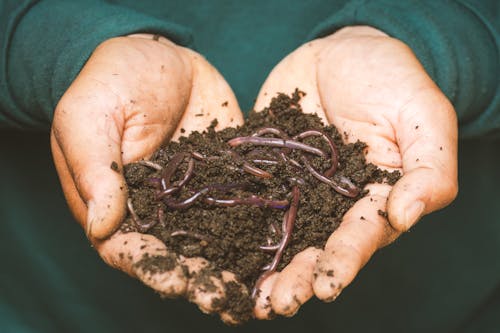
Darwin’s curiosity extended even underground—he devised creative experiments to test earthworm intelligence. He observed how worms selected and pulled leaves into their burrows, varying the shape and size of the leaves to see if the worms made deliberate choices. These early behavioral studies revealed surprising problem-solving abilities, suggesting earthworms possessed a form of intelligence. Darwin’s work foreshadowed today’s research into animal cognition, challenging assumptions about the capabilities of even the simplest creatures. Explore his groundbreaking earthworm experiments in Scientific American.
4. Mimosa Plant Sensitivity
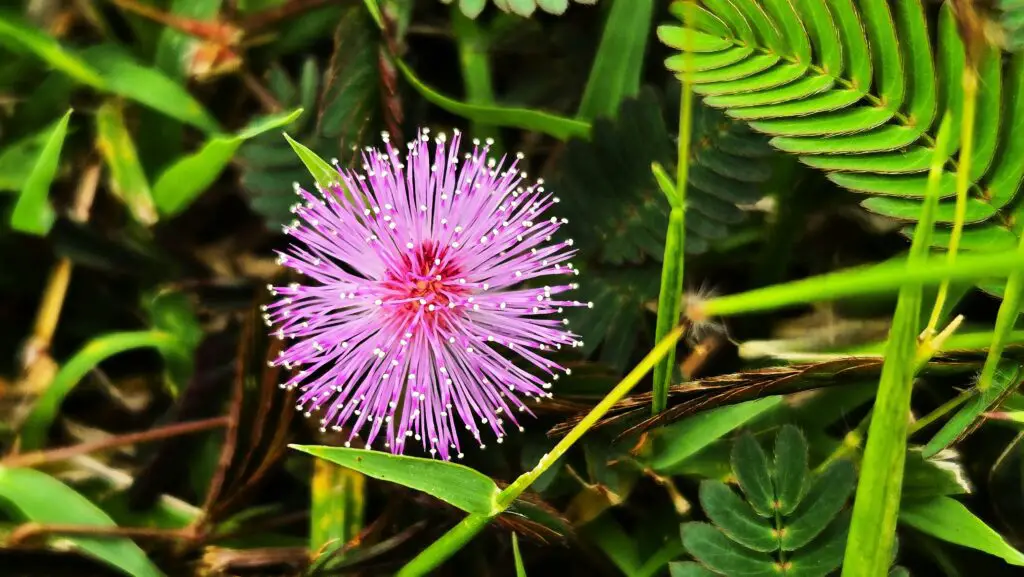
Darwin was captivated by the rapid movements of the Mimosa pudica plant, which folds its leaves in response to touch. He conducted meticulous experiments, exposing the plant to various stimuli and recording its reactions. His observations suggested plants were more responsive than previously believed, hinting at the complex signaling systems that plant neurobiology investigates today. Darwin’s work laid the groundwork for understanding plant behavior, a field now thriving with modern research. Learn more in this Science article.
5. Cross-Pollination in Peas

Long before Gregor Mendel’s pea experiments revolutionized genetics, Darwin was investigating the effects of cross-pollination in pea plants. He meticulously compared the growth and vigor of cross-pollinated versus self-pollinated plants, noting that cross-pollination often led to healthier offspring. These pioneering experiments hinted at the importance of genetic diversity and foreshadowed the fundamental principles of heredity. Darwin’s findings would later influence geneticists worldwide. Dive deeper into his pea plant research in this article from Nature.
6. The Sun Dew Insect Trap
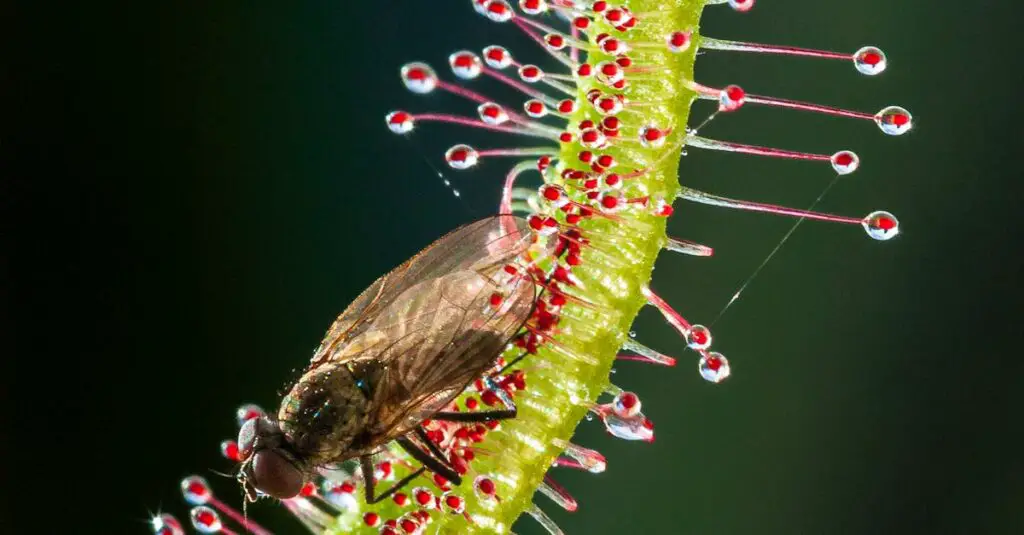
Darwin’s fascination with plant adaptation led him to the Drosera, or sundew, a remarkable carnivorous plant. He conducted numerous experiments, feeding insects to the sundew and observing its sticky tentacles curl around the prey. Darwin demonstrated that these plants could sense, capture, and digest insects, showcasing an extraordinary example of adaptation in the plant kingdom. His findings paved the way for today’s research on carnivorous plants and their unique survival strategies. Explore Darwin’s detailed notes at the American Museum of Natural History.
7. Bee and Flower Coevolution

Darwin was one of the first scientists to document the intricate relationship between bees and flowers, noting how certain floral shapes and colors evolved to attract specific pollinators. He observed that as flowers became better suited to bee pollination, bees in turn adapted their anatomy and behavior to extract nectar more efficiently. This mutual adaptation provided early, compelling evidence for coevolution—a concept still central to modern ecology. Today, researchers continue to explore these dynamic pollinator-plant relationships. For more, see this NCBI article.
8. Climbing Plants’ Movements

Darwin was captivated by the mysterious spiral movements of climbing plants, a phenomenon he called circumnutation. By closely observing how tendrils and stems slowly rotated, he revealed how these plants could efficiently locate and latch onto supports. His work anticipated later discoveries in plant physiology, highlighting the dynamic and purposeful behavior of seemingly passive organisms. Today, circumnutation remains a key concept in understanding plant movement. For more on Darwin’s original observations, visit JSTOR.
9. The Role of Worms in Soil Fertility

Darwin’s experiments with earthworms went beyond intelligence—he painstakingly documented how these unassuming creatures transform soil. He observed that as worms consumed and processed organic material, they broke it down and enriched the soil, dramatically improving its fertility. This revelation revolutionized the way scientists understood the ecological roles of earthworms, elevating them from simple pests to key players in sustaining healthy ecosystems. Darwin’s insights are now foundational in soil science. Explore more in this article from Soils for Life.
10. Hybridization in Hollyhocks
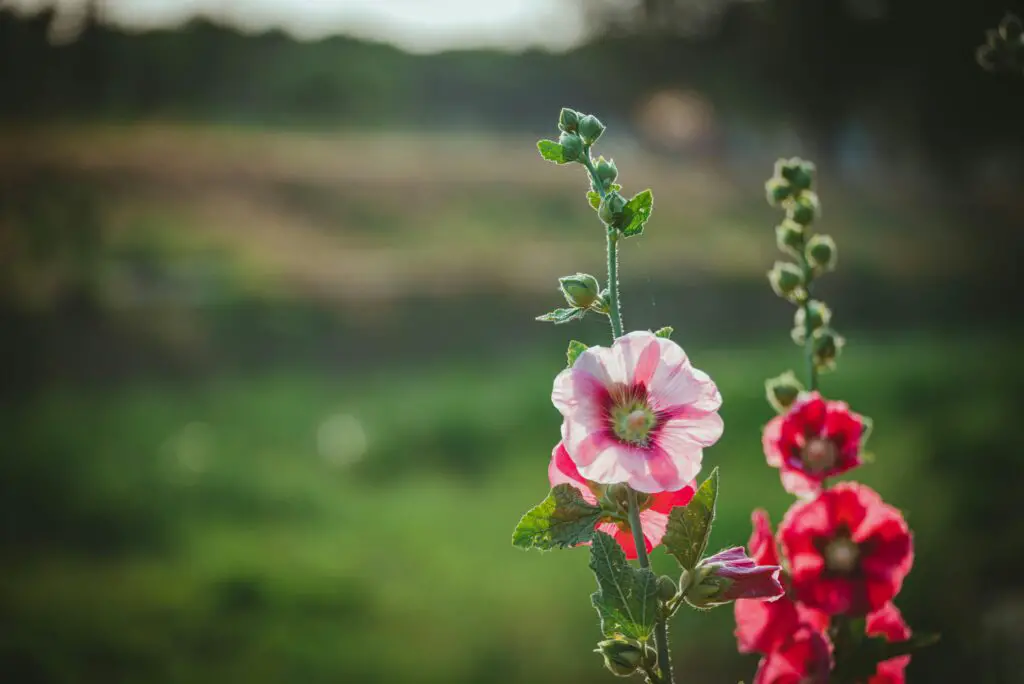
Darwin extensively experimented with hybridizing hollyhocks and other ornamental plants, crossing different varieties to observe the results. These experiments shed light on species boundaries and the phenomenon of hybrid vigor, where hybrids sometimes outperformed their parent species. His hands-on work broadened scientific understanding of plant heredity, variation, and evolution, setting the stage for future studies in genetics and botany. Read more on Darwin’s pioneering hybridization research at the British Journal for the History of Science.
11. Honeybee Hive Construction
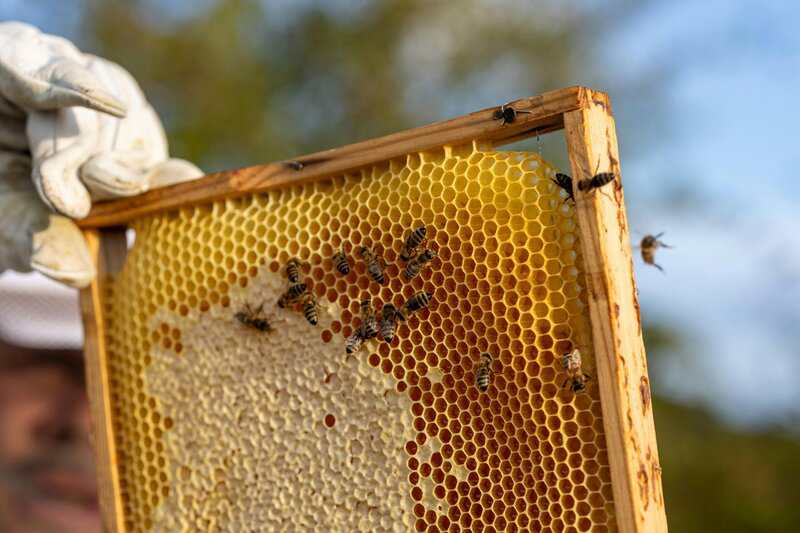
Darwin was fascinated by the remarkable geometric precision of honeybee combs, which are built from perfectly hexagonal cells. He investigated whether this architectural feat was purely instinctive or if bees learned from experience, conducting experiments to test their behavior under varying conditions. His work bridged biology and mathematics, and anticipated today’s research in animal architecture and collective intelligence. Modern scientists continue to explore the origins of such complex animal structures. Discover more in this article from the Royal Society.
12. Orchid Pollination Mysteries

Darwin was captivated by the intricate pollination strategies of orchids. He conducted painstaking experiments, revealing how these plants evolved specialized structures to attract and manipulate insect pollinators. One of his most famous predictions involved the existence of a moth with a tongue long enough to reach the nectar deep inside the Madagascan star orchid—a species later discovered, vindicating his theory. Darwin’s orchid research highlighted the extraordinary precision of coevolution and adaptation. Learn more about his orchid experiments at Nature Education.
13. The Puzzle of Coral Atolls

Darwin’s curiosity wasn’t limited to living organisms—he also tackled geological mysteries. By closely observing coral reefs during his voyage on the HMS Beagle, he developed a revolutionary theory explaining the formation of coral atolls. Darwin proposed that atolls form as volcanic islands slowly sink, allowing corals to build circular reefs on the remaining submerged structure. This idea was a major breakthrough, influencing both geology and marine biology. For further details, see the Encyclopaedia Britannica.
14. Ant Communication

Darwin’s fascination with animal behavior led him to study ants, devising clever experiments to probe how these insects communicate and solve problems. He observed ants navigating obstacles and sharing information about food sources, suggesting a sophisticated system of social coordination. These early insights foreshadowed today’s research into insect societies and the concept of collective intelligence. Modern science continues to unravel the secrets of ant communication. For more on this topic, visit Scientific American.
15. Lizard Tail Regeneration
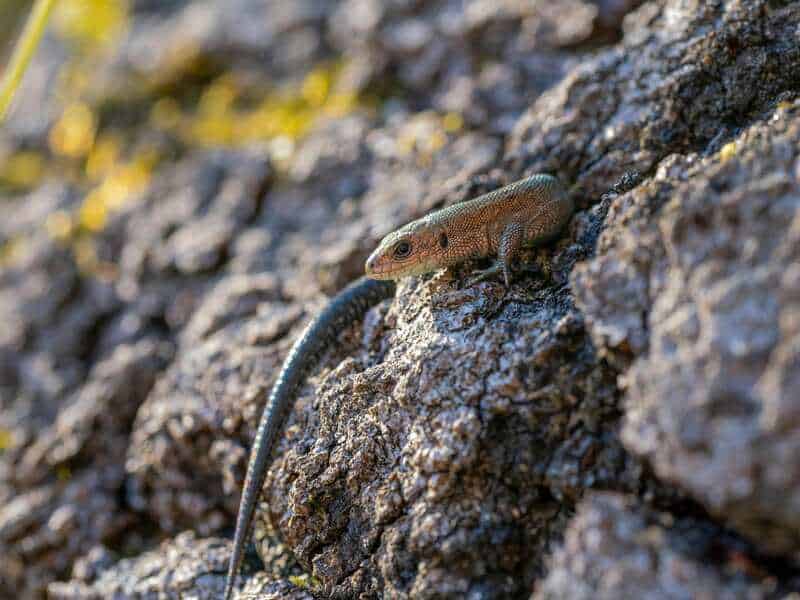
Darwin was intrigued by the remarkable ability of certain lizards to shed and regrow their tails, documenting it as a striking example of adaptation. He recognized this regenerative power as a survival advantage, helping lizards escape predators. Today, scientists continue to study lizard tail regeneration for insights into tissue repair, stem cells, and regenerative medicine. Darwin’s observations remain relevant as modern research delves deeper into the biology of regrowth. Learn more in this article from Nature Communications.
Conclusion
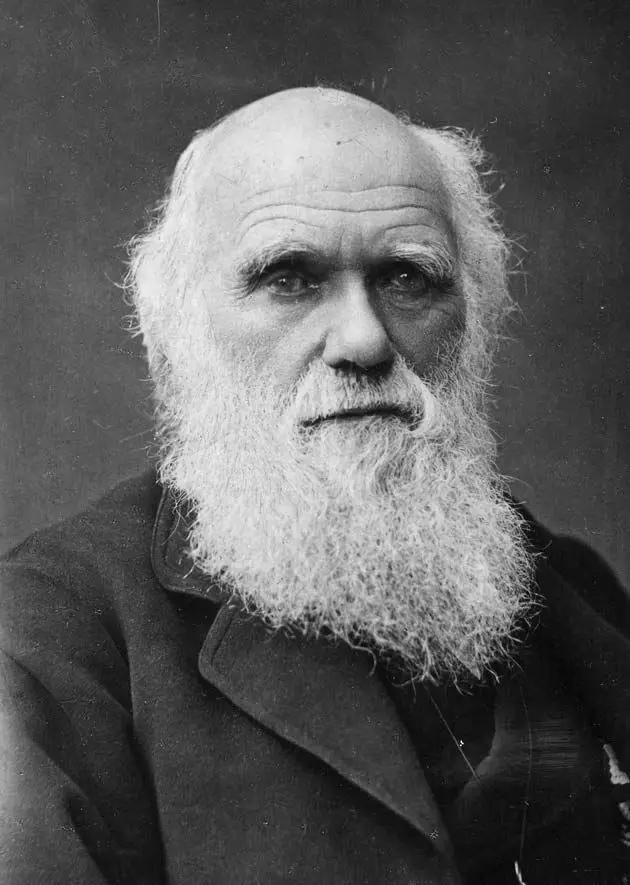
Charles Darwin’s lesser-known experiments reveal a restless curiosity and a willingness to challenge the scientific orthodoxy of his time. From earthworms to orchids and barnacles to birds, his hands-on investigations laid the foundations for modern biology, genetics, ecology, and geology. By exploring these overlooked studies, we gain a deeper, richer appreciation for the scientific process and the evolution of ideas. Darwin’s legacy reminds us that groundbreaking discoveries often emerge from asking unexpected questions—and that true scientific progress thrives on curiosity and careful observation.
.article-content-img img { width: 100% }

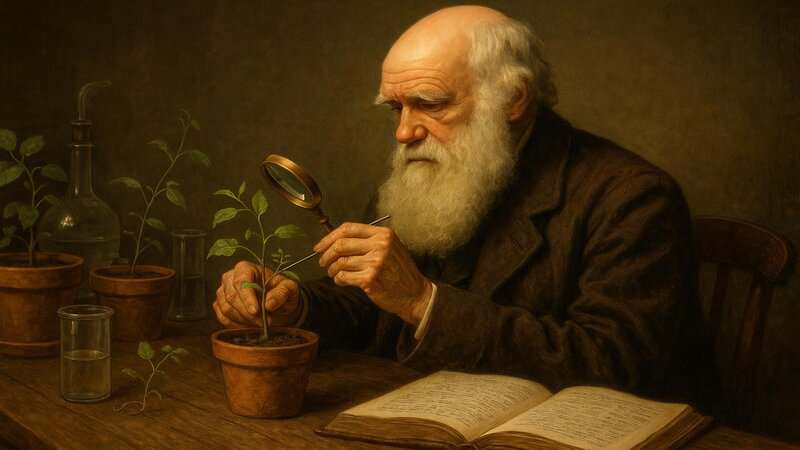

Vielleicht interessiert es Sie:
Wussten Sie! Minensuchratten auf dem Schlachtfeld und sie sind super effektiv!
Wie viele Giraffenarten gibt es? Leben sie alle in Afrika?
Der Vogel ist das Weibchen der Vögel: wahr oder falsch?
Warum bauen Biber Dämme? Welchen Nutzen?
Warum leben manche Tiere nachtaktiv? Welche Vorteile?
Küssen Tiere? Ist das die gleiche Bedeutung wie Menschen?
200+ Hilarious Seahorse Jokes That Will Make You Smile and Giggle
200+ Funny Investment Jokes to Boost Your Financial Humor Game